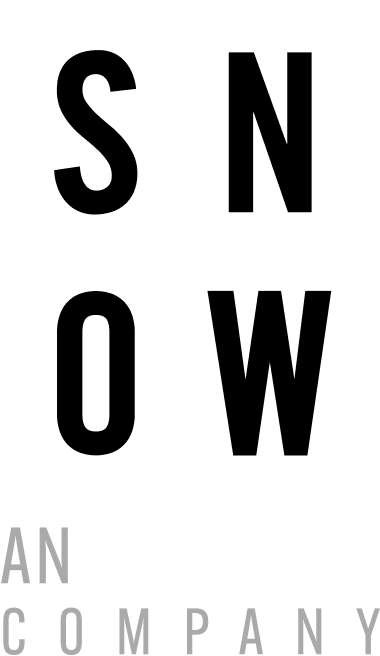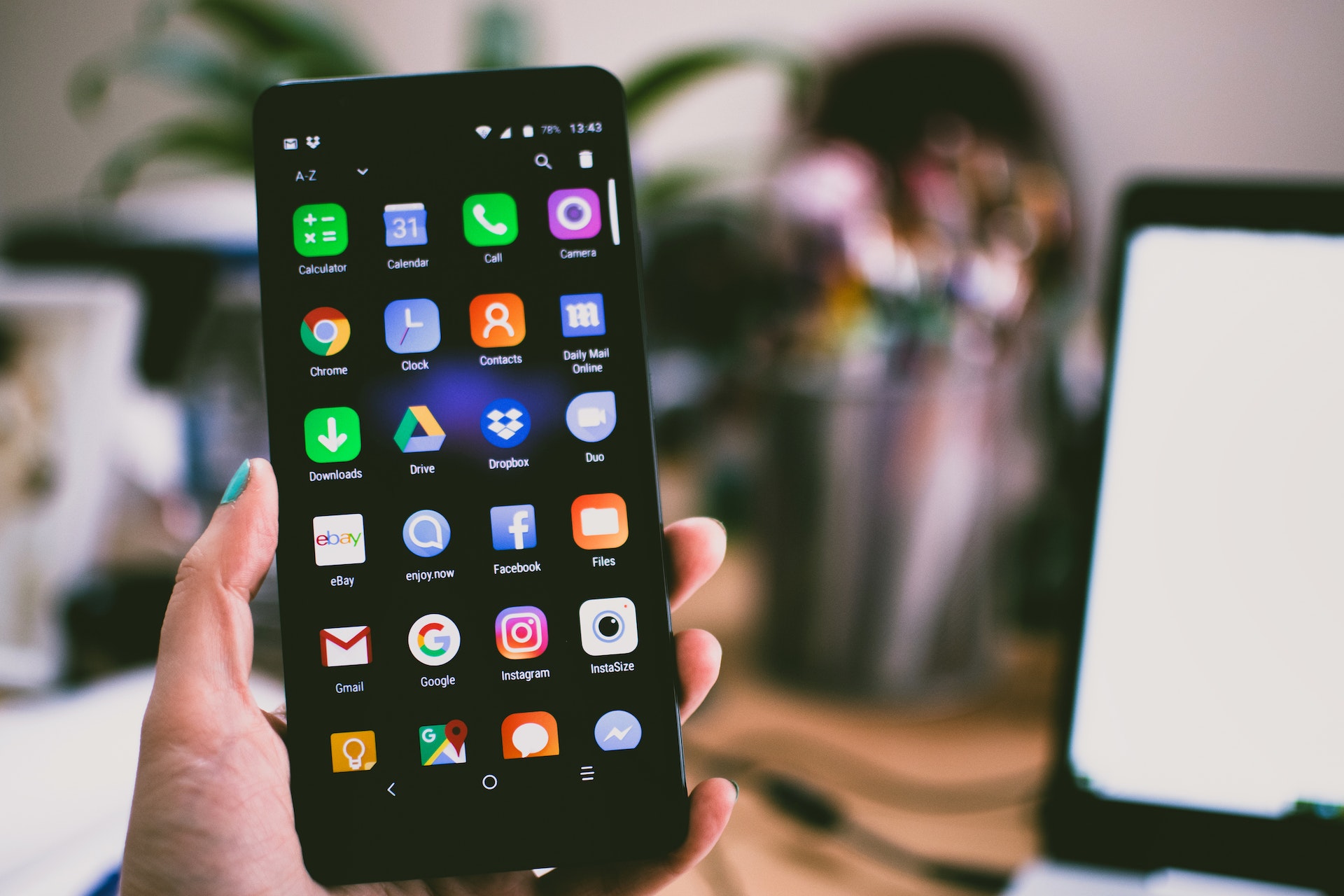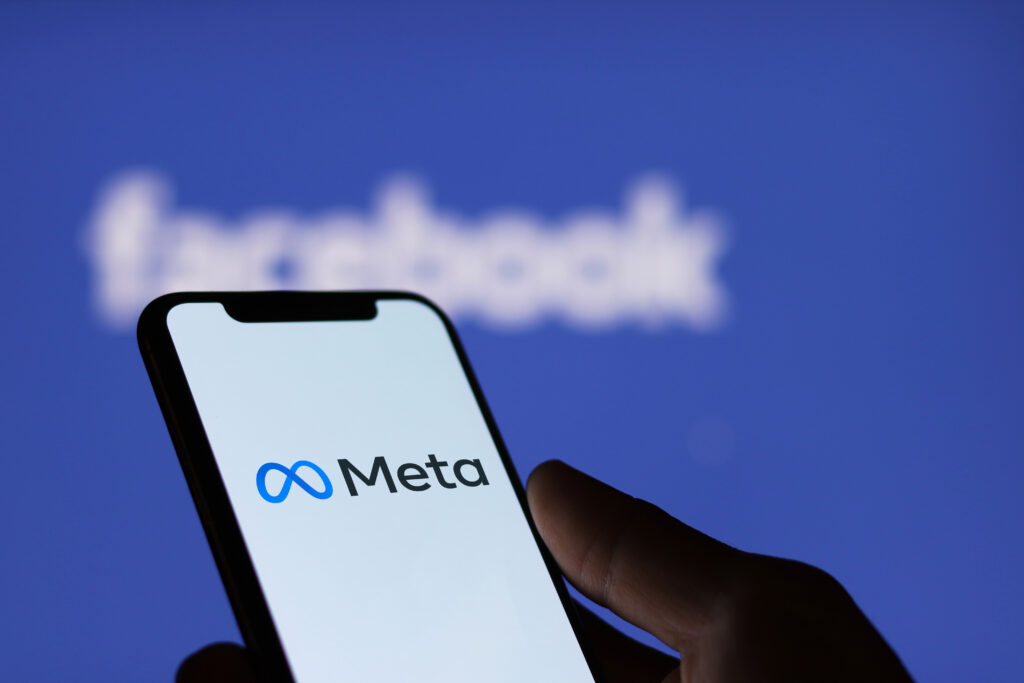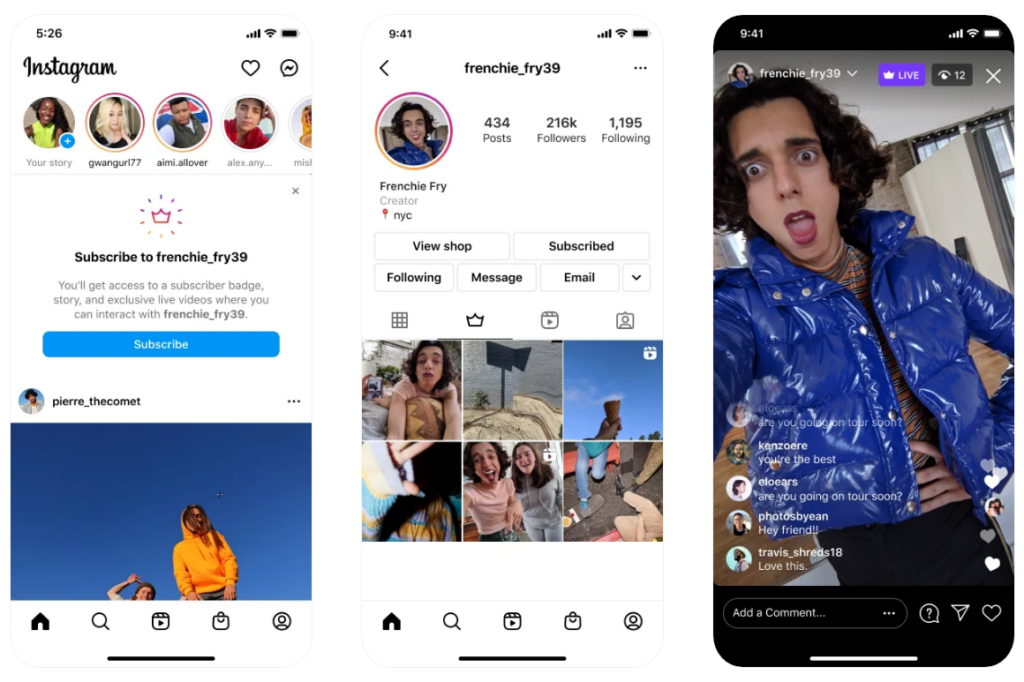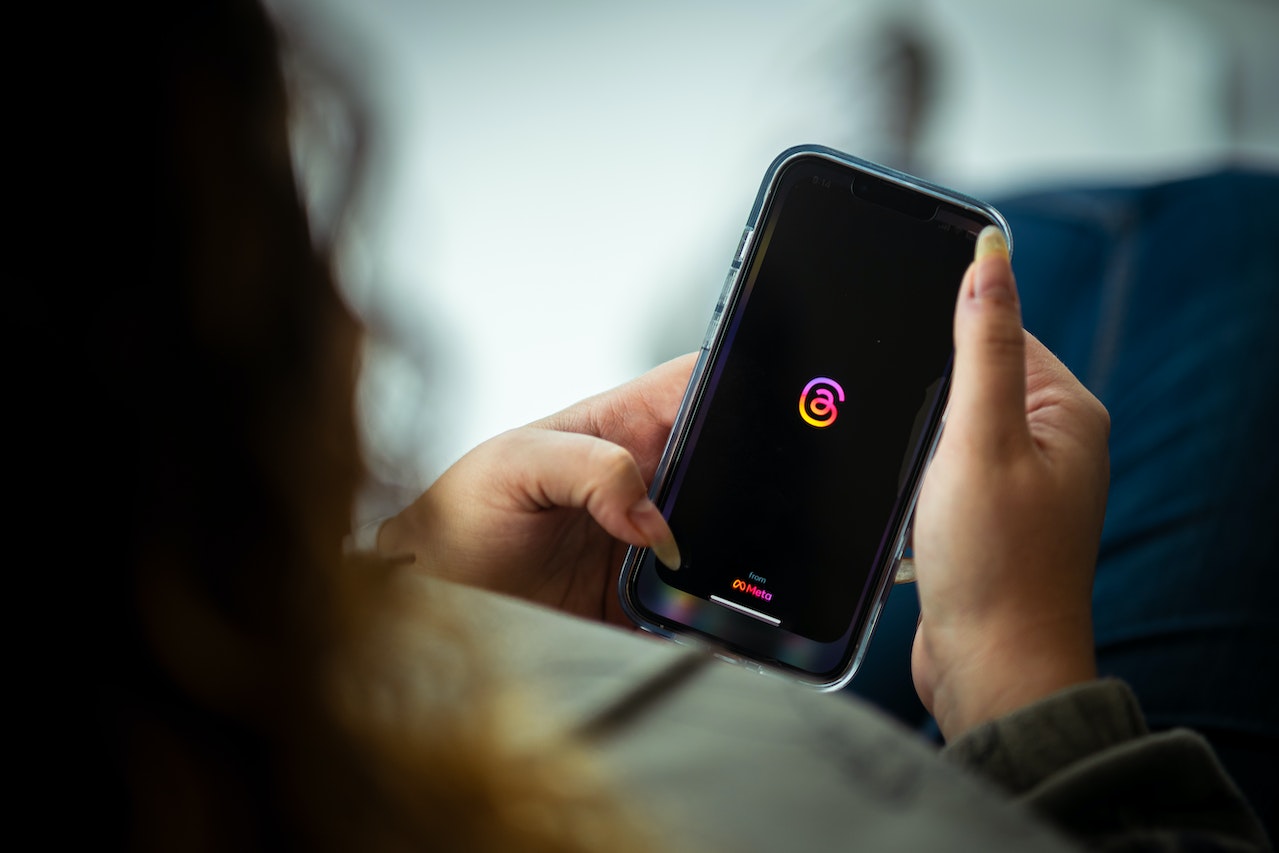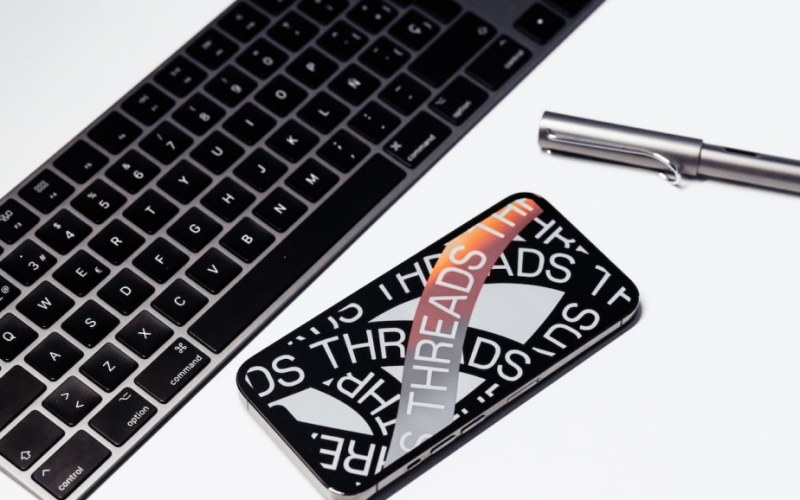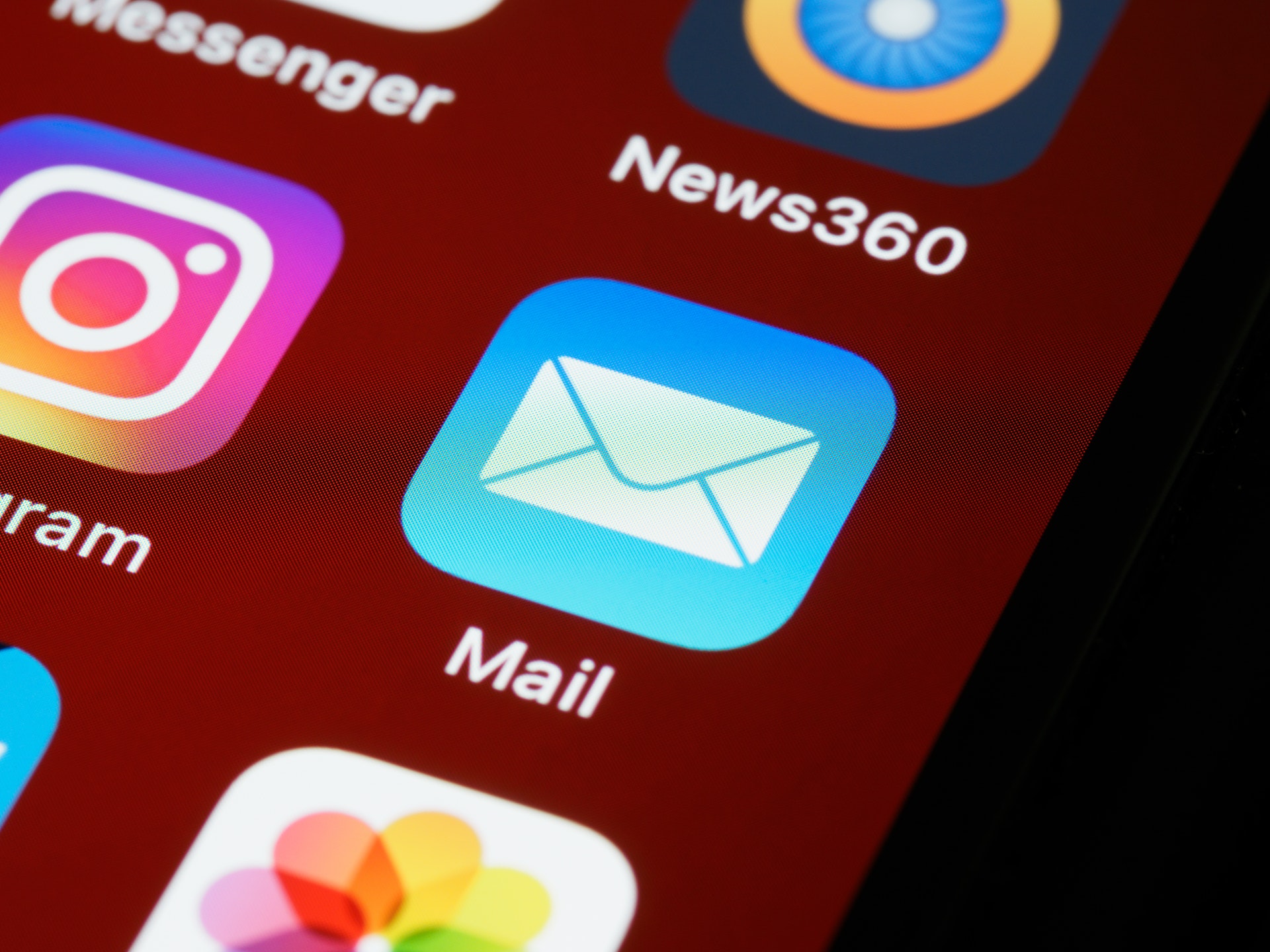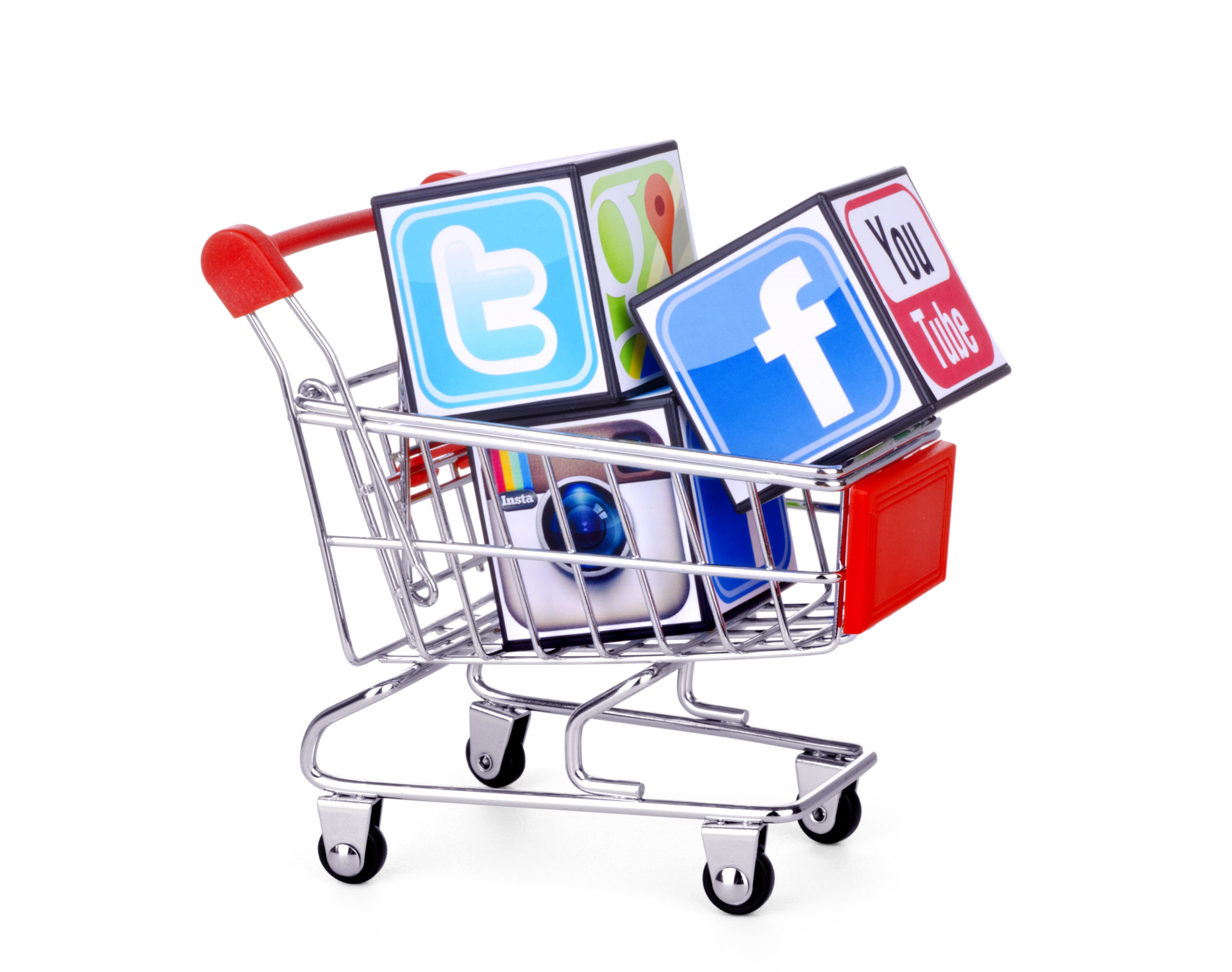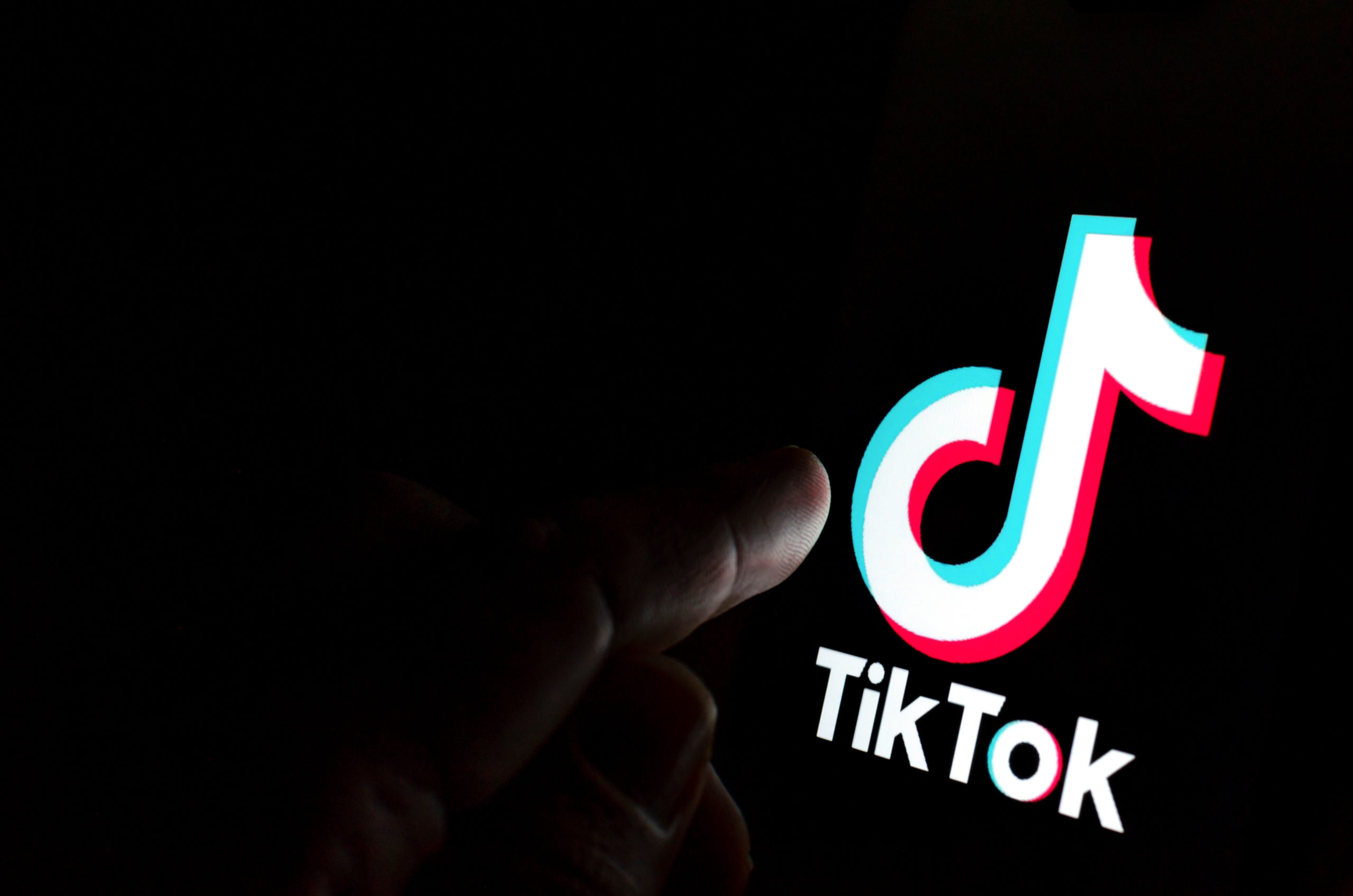Welcome to our social media roundup where we keep you updated on the latest news and trends in the dynamic world of social media. In this week’s edition, we will be delving into Meta’s AI release, exploring Thread’s new ‘Liked Posts’ feature, and looking further into X’s improved search functionalities, and TikTok’s EU privacy updates.
Meta Announces AI-Gen Audio Tools
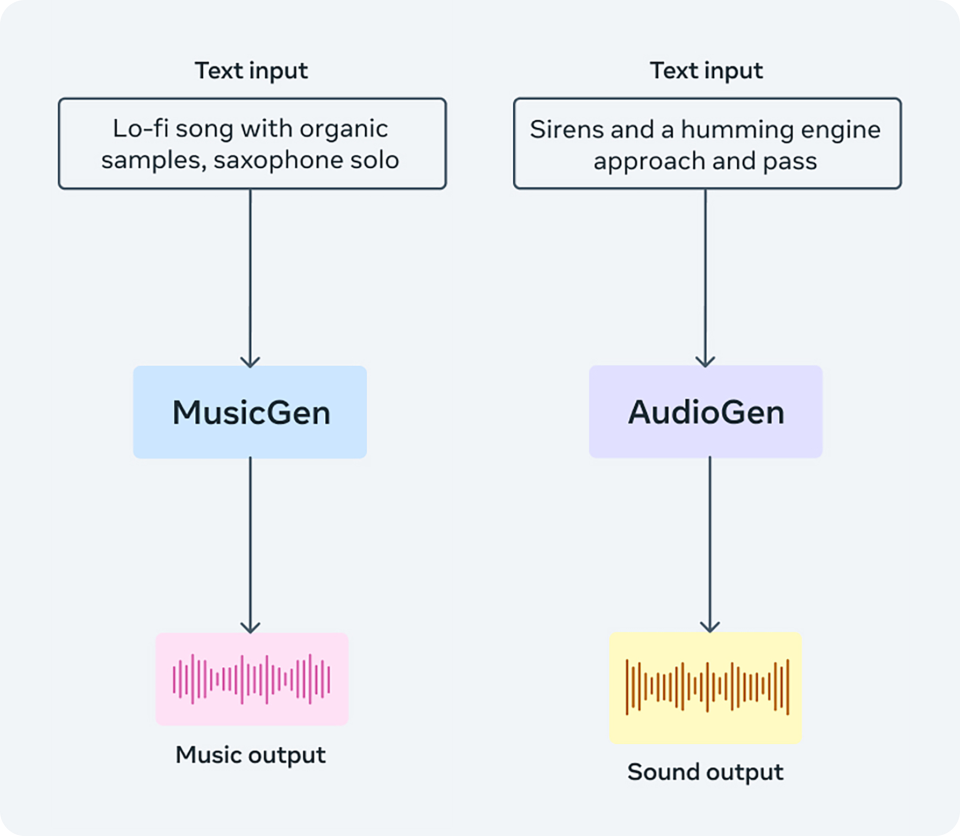
Meta just announced the release of AudioCraft, a suite of generative AI tools that enable users to transform simple text prompts into compelling, high-fidelity quality music and sounds. This development is poised to revolutionize music creation through the use of digital tools, making it more accessible and exciting than ever before. This news follows Meta’s recent move of opening the Llama 2 AI model to the world, proving its commitment towards promoting greater transparency, trust, and a culture of continuous innovation.
Threads Launches A 'Liked Posts' Feature

Meta is making strides in enhancing Threads to compete effectively with other social platforms as well as bolster user engagement. Over the past weekend, the platform introduced its ‘Liked Posts’ feature, similar to a functionality already available on X. As we look ahead, expect additional features to be released in the coming weeks, potentially propelling Threads into a more competitive and captivating realm.
Improved Search Is Coming Soon to X

Elon Musk delivered an update Sunday night, shedding light on a tweet he posted back in February. In that tweet, he hinted at the transformation of search advertisements into semantic keyword-based formats, a strategic move aimed at amplifying X’s contextual relevance. This step is set to propel X into the realm of eCommerce as contextually relevant search outcomes are vital to guiding customers seamlessly toward their desired products.
TikTok Adds Option For EU Users to Disable Personalization
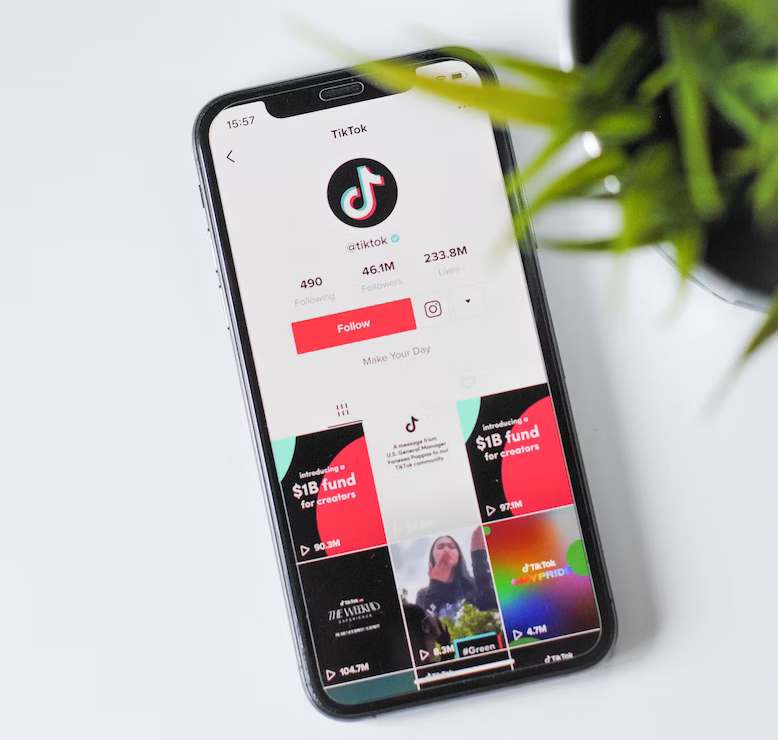
Last Friday, TikTok delivered a significant update, revealing that it will soon provide EU users with the option to disable personalized feeds and ads in compliance with the Digital Services Act. This strategic move aims to improve compliance while also potentially changing how EU users experience and engage with the platform. If many EU users decide to disable personalization, this might lead to brands relying more heavily on influencers for marketing and engagement.
Keep Up With Digital Marketing Industry News
Keeping up with the latest in the digital marketing landscape is key to staying competitive and amplifying the success of your marketing operations. Get your news and updates you need from The Snow Agency to step up your marketing game. If your brand is in need of a digital marketing tune-up, reach out to us today. See first-hand how a customized strategy can be game-changing for your growth and performance.
Take the first step and contact us for a consultation today.
